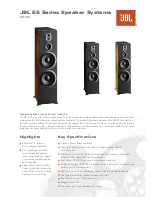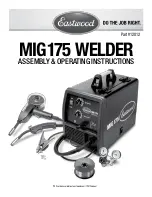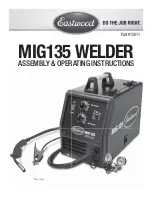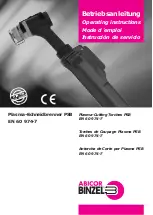
27
Technical Manual
NAM-CLEAR-MT-EN-A
The information contained in this document is the property of Automatic Systems
and is confidential. The recipient shall refrain from using it for any purpose other
than for the use of the products or the execution of the project to which it refers
and from communicating it to third parties without prior written agreement from
Automatic Systems. The document is subject to change without notice.
4.4. Obstacle locking and unlocking
-
An electromagnet locks the entry door (non-secured side), which is only unlocked when a passage
authorization is granted.
-
When the booth is powered off, the entry door is unlocked and can move freely.
-
When the emergency stop push-button is pressed (see item 63 in section 2.1), the entry door is
unlocked.
-
The entry door can be manually locked with a keyed locking device (see item 82 in section 2.1)
(optional).
To lock the obstacle, turn the key counterclockwise.
-
An electromagnet locks the exit door, which is unlocked only when the passage is authorized (no
fraud detected).
Note
: To manually unlock the door, pull on the rod of the electromagnet (accessible through the
cover or the ceiling mount of the canopy) (see section 3.6).
-
No matter what operating mode the booth is in, the 2 moving obstacles can be locked simultaneously
with the LOCK button of the console (see section 4.8).
4.5. Evacuation mode (emergency stop)
As soon as evacuation mode is activated, i.e., when the EMERG key switch of the console is turned to the
ON B position (see section 4.8), the 2 obstacles are opened and remain opened to allow free passage in both
directions.
Evacuation mode remains active for as long as the input is active.
This operating mode has priority over all other modes.
4.6. Power failure
In the event of a power failure, the booth continues to operate normally for about 100 cycles on its backup
batteries (see item 91 in section 2.1).
Once the backup batteries have discharged, the entry door (non-secured side) is unlocked, and function
pictograms and detection systems are deactivated.
When the system is powered back on, the equipment starts by performing an initialization cycle (see section
3.8).
4.7. Safety photocells
The
photocells
(see item 68 in section 2.1) ensure user safety. They immobilize the obstacle when a
presence is detected.
They are transmitter/receiver type photocells: The signal sent by the transmitter cells is captured by the
receiving cells, which in turn send the signal to the control logic.
WARNING
: Safety photocells are not operational during the booth initialization cycle (i.e., when the booth is
powered on).
















































